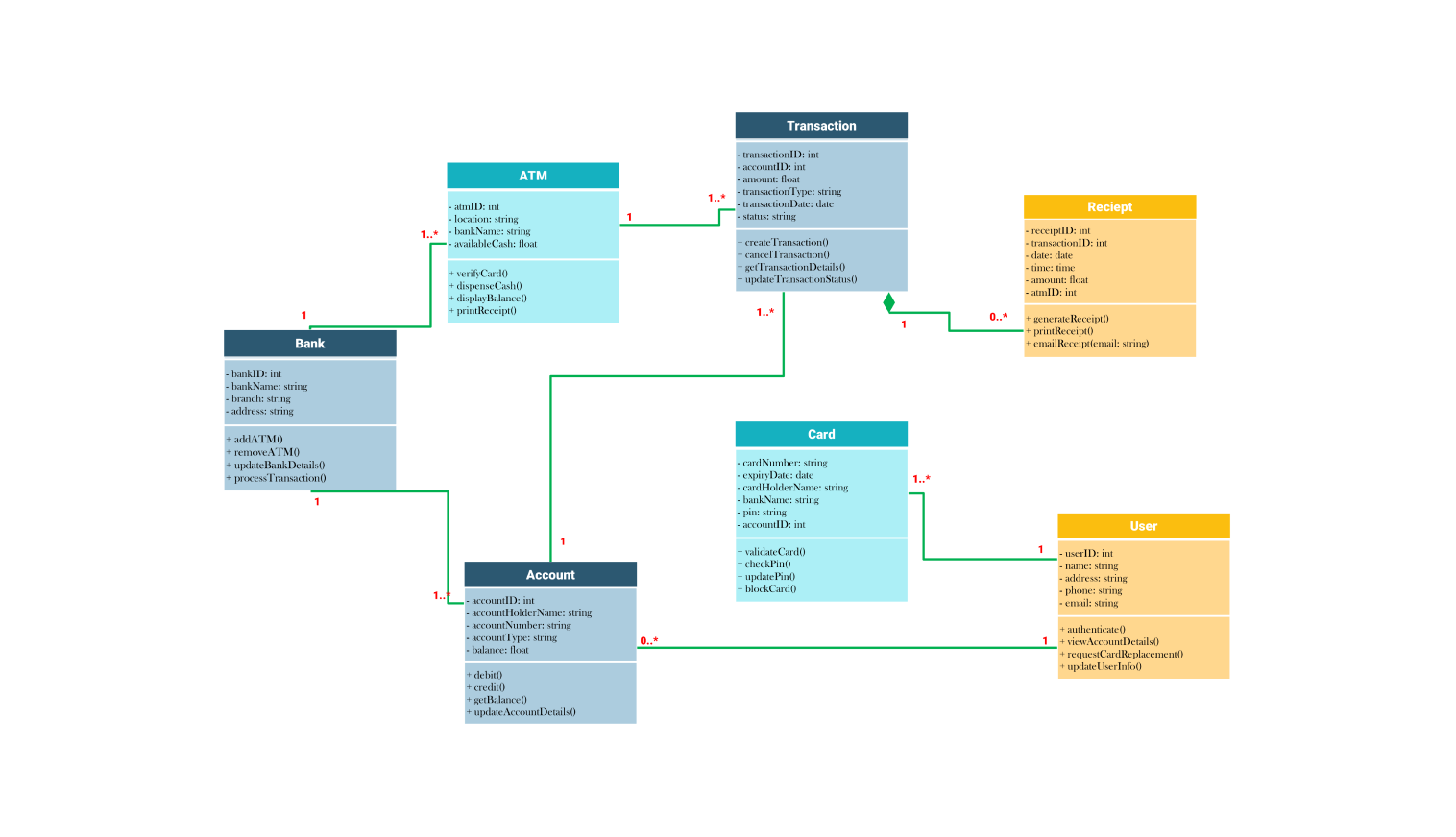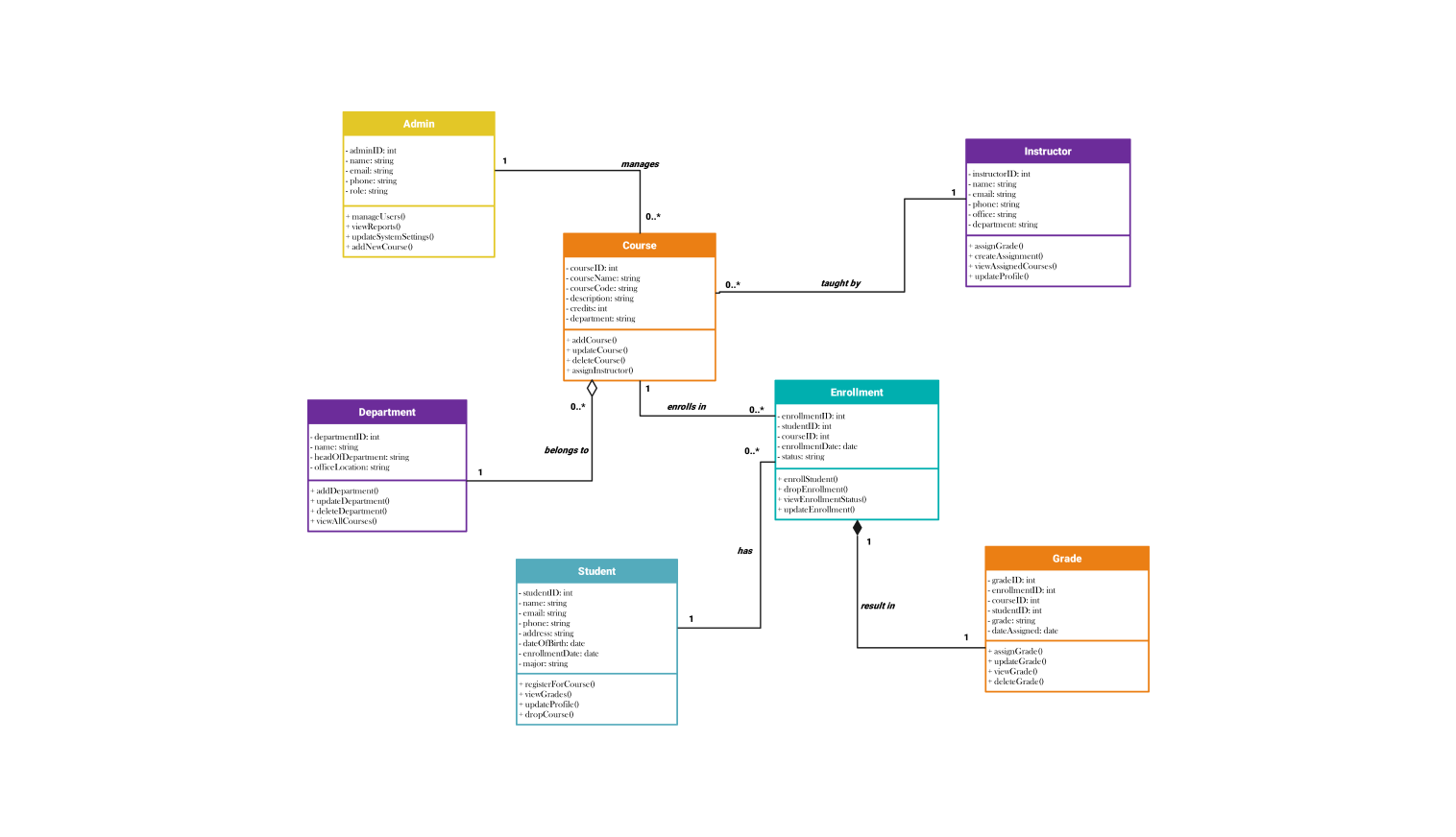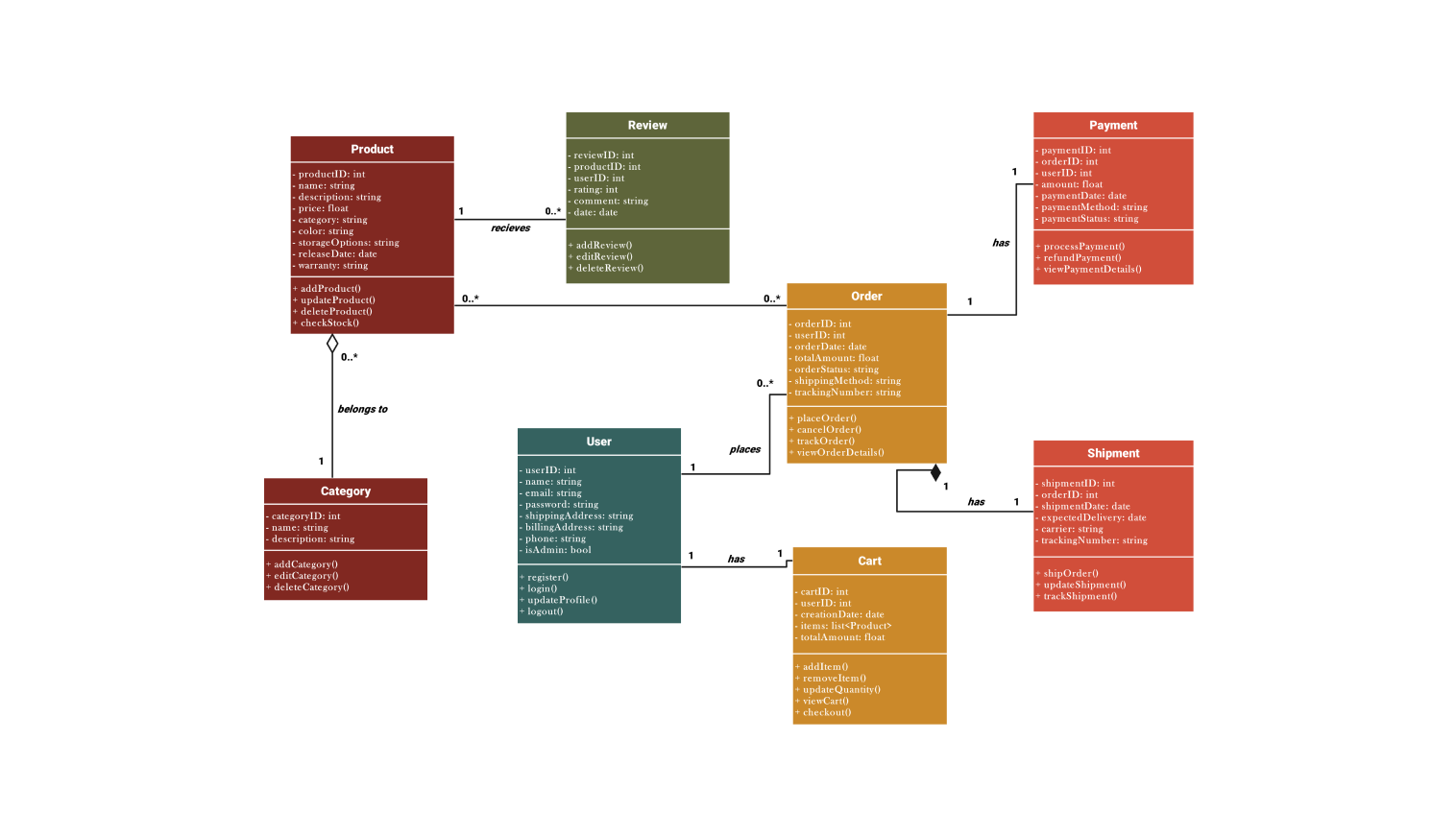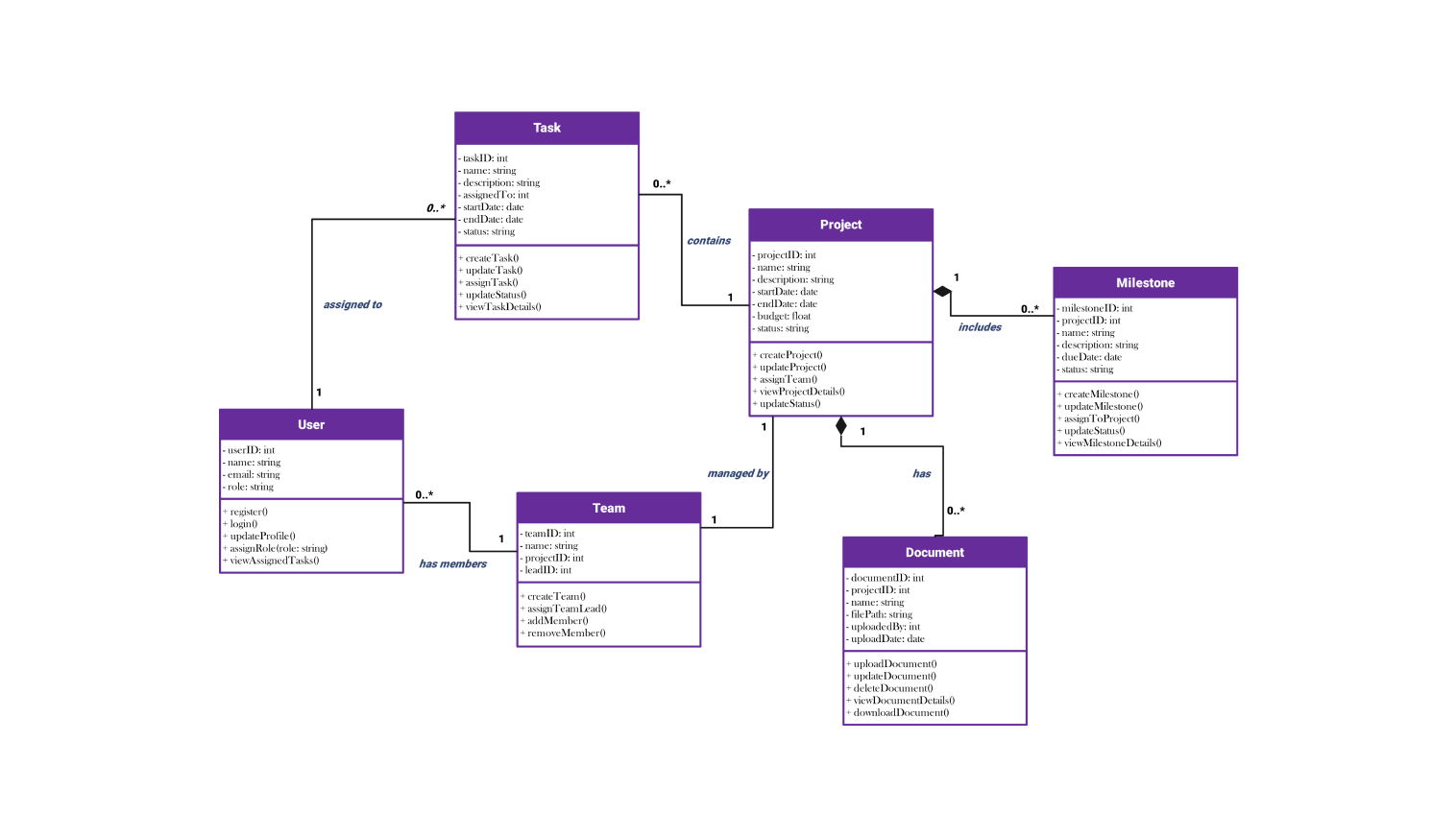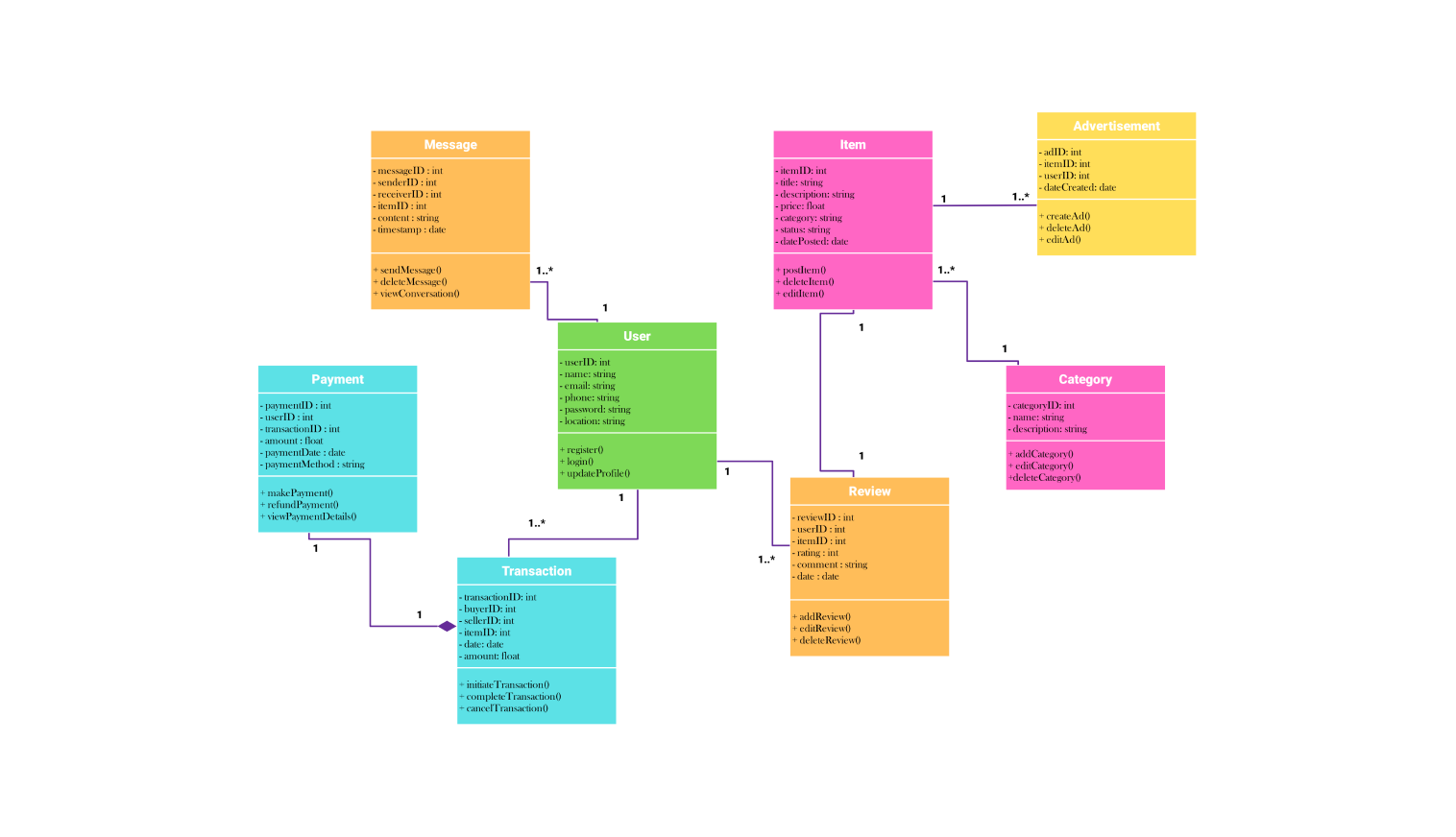- All templates
- Class diagram templates
- Class diagram content management system
About this class diagram for the content management system
The CMS or content management system class diagram outlines different elements that constitute the management of digital content. The CMS class is a core controller of the system with vital attributes such as system ID, status, and so on. It also contains operations like initialize system(), shut down system(), and monitor system(). They control the system.
The admin class in this case is of utmost importance as it dictates user and content management functions. It has a variable, admin level, and some methods. They include but are not limited to, managing users(), approving content(), and deleting users (). They filled the gap in power for user management and content approval.
The user class in this case contains persons who perform actions via the system such as content creators. It contains variables such as user ID, name, email, role, and so on. Methods like login(), logout(), create content(), and edit profile() let users use the system. They can contribute content or update their profiles.
The content class in this system is among one of the central classes. The class has attributes: content ID, title, body, created date, and last modified date. It manages all the info needed to publish and edit content. So, it eliminates the need for structured content management databases to store this info.
As the name implies, the media class is for uploading and managing media, that is, images, audio, and videos. Some of the attributes include media ID, file path, file type, and uploaded date. The functions upload media(), delete media(), and view media() let users add rich media to their posts.
The category class enables the content structure. It has, among other attributes, category ID and category name. The methods add category(), edit category(), delete category(), and list categories() let users group their work. This helps organize it.
The last class is the comment class. It tracks users' responses and interactions with content. It has comment ID, user ID, content ID, and text as some of its attributes. The methods on the content, like add comment() and delete comment(), let users interact with it. They can comment on articles and manage those comments.
Related templates
Get started with EdrawMax today
Create 210 types of diagrams online for free.
Draw a diagram free Draw a diagram free Draw a diagram free Draw a diagram free Draw a diagram free
